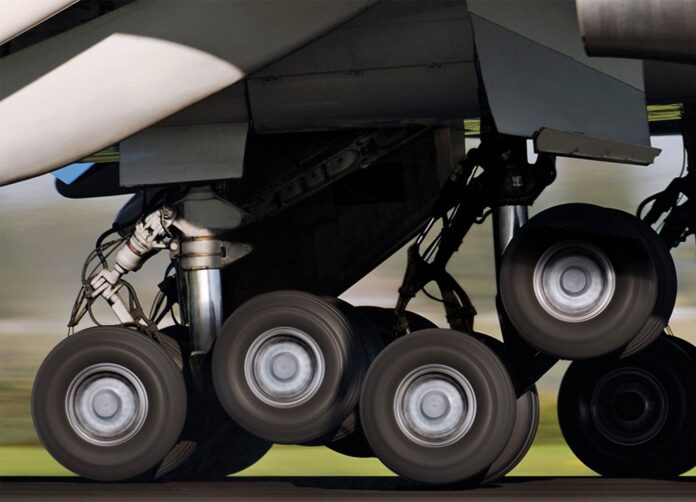Landing gear, the unsung hero of an aircraft, plays a pivotal role in ensuring safe and smooth landings, facilitating ground operations, and supporting the aircraft during various phases of flight. This essential component, often taken for granted, embodies meticulous engineering and innovation to meet the demands of modern aviation.
The landing gear assembly comprises multiple components designed to support the aircraft’s weight, absorb landing forces, and facilitate movement on the ground. It typically consists of struts, shock absorbers, wheels, brakes, and hydraulics—all meticulously engineered to withstand high loads and ensure stability during landing and taxiing.
The main landing gear, positioned beneath the wings or fuselage, bears the brunt of the aircraft’s weight during touchdown. These robust assemblies, often equipped with multiple wheels, distribute the load evenly to prevent structural damage. The design of the main landing gear varies among aircraft types, considering factors such as size, weight, and intended operational conditions.
Nose landing gear, located beneath the aircraft’s nose, provides support and steering capabilities during ground operations. This assembly enables directional control, allowing the aircraft to maneuver precisely during taxiing, takeoff, and landing. The nose gear design is crucial for ensuring stability and safe ground handling of the aircraft.
Shock absorbers within the landing gear play a vital role in cushioning the impact of landing forces. These components utilize hydraulic systems or oleo struts to absorb and dissipate kinetic energy upon touchdown, reducing stress on the airframe and ensuring a smoother landing experience for passengers and crew.
Wheels and brakes are integral elements of the landing gear, enabling the aircraft to move on the ground and facilitating deceleration after landing. Advanced brake systems, often equipped with anti-skid technology, provide precise control and effective braking, ensuring safe taxiing and reducing the landing rollout distance.
Retraction mechanisms allow the landing gear to retract into the aircraft’s fuselage or wings during flight, reducing aerodynamic drag and enhancing fuel efficiency. The design and reliability of these mechanisms are critical to ensure seamless deployment and retraction of the landing gear during various stages of flight.
The choice of materials for landing gear components is crucial in ensuring strength, durability, and weight optimization. High-strength steel, titanium alloys, and advanced composites are commonly used to achieve the required balance between structural integrity and weight efficiency. These materials undergo rigorous testing to meet stringent safety and reliability standards.
The design and testing of landing gear components involve extensive analysis and simulations to evaluate performance under various operating conditions. Finite Element Analysis (FEA) and fatigue testing assess stress distribution, structural integrity, and durability, ensuring that landing gear can withstand repeated cycles of loading and operational stresses.
Innovations in landing gear technology aim to improve performance, reduce weight, and enhance reliability. Advancements include electrically actuated landing gear, which replaces hydraulic systems, reducing weight and maintenance requirements. Additionally, smart landing gear equipped with sensors and monitoring systems enable real-time data collection for predictive maintenance.
The development of retractable and steerable landing gear, coupled with advanced control systems, contributes to enhanced maneuverability and safety during ground operations. These innovations empower pilots with greater control over the aircraft’s movements, improving overall handling and safety on the ground.
The evolution of landing gear design is an ongoing pursuit of innovation and improvement. Future advancements may include adaptive landing gear systems that adjust dynamically to varying runway conditions, further enhancing safety and optimizing performance during landings and ground operations.
Collaboration between aircraft manufacturers, landing gear suppliers, and research institutions drives innovation in landing gear design. Ongoing research into materials, aerodynamics, and control systems continues to push the boundaries, shaping the future of safer, more efficient, and reliable landing gear technologies.
As aviation strives for continuous improvement in safety and efficiency, landing gear design remains a cornerstone of aircraft innovation. From ensuring smooth landings to enabling precise ground handling, the evolution of landing gear technology underscores its indispensable role in the seamless operation of modern aircraft.
























